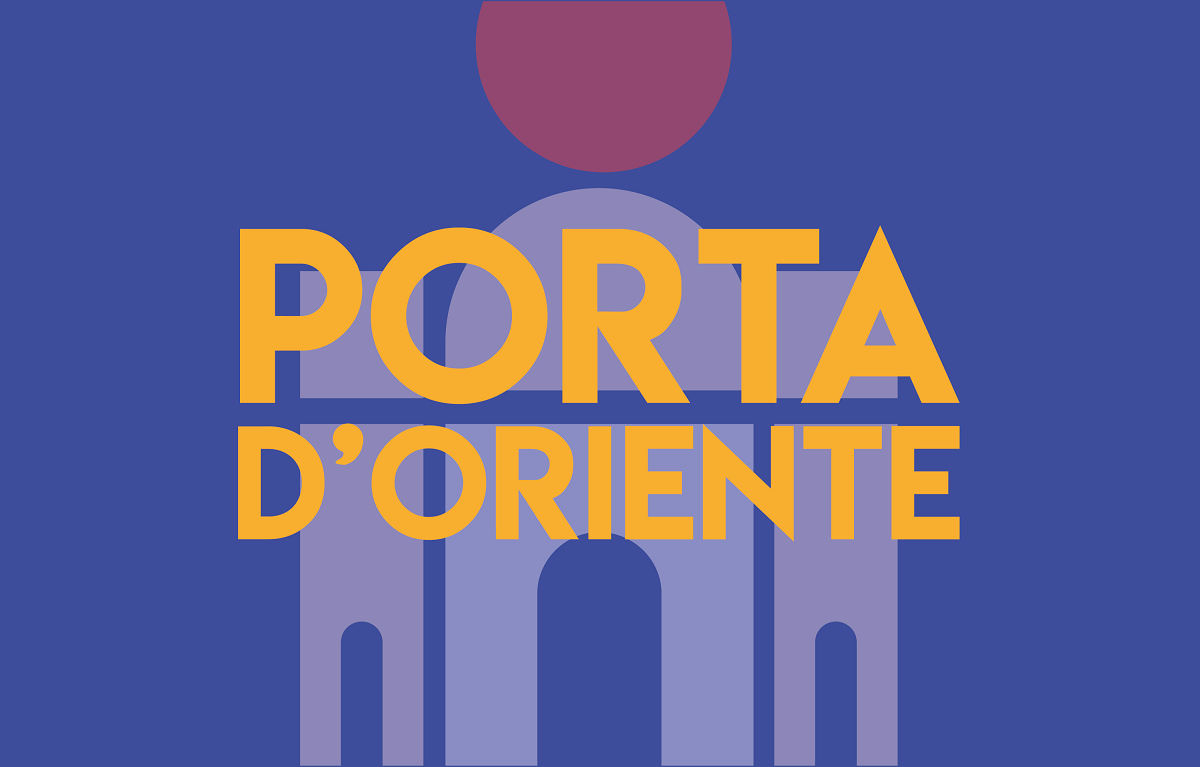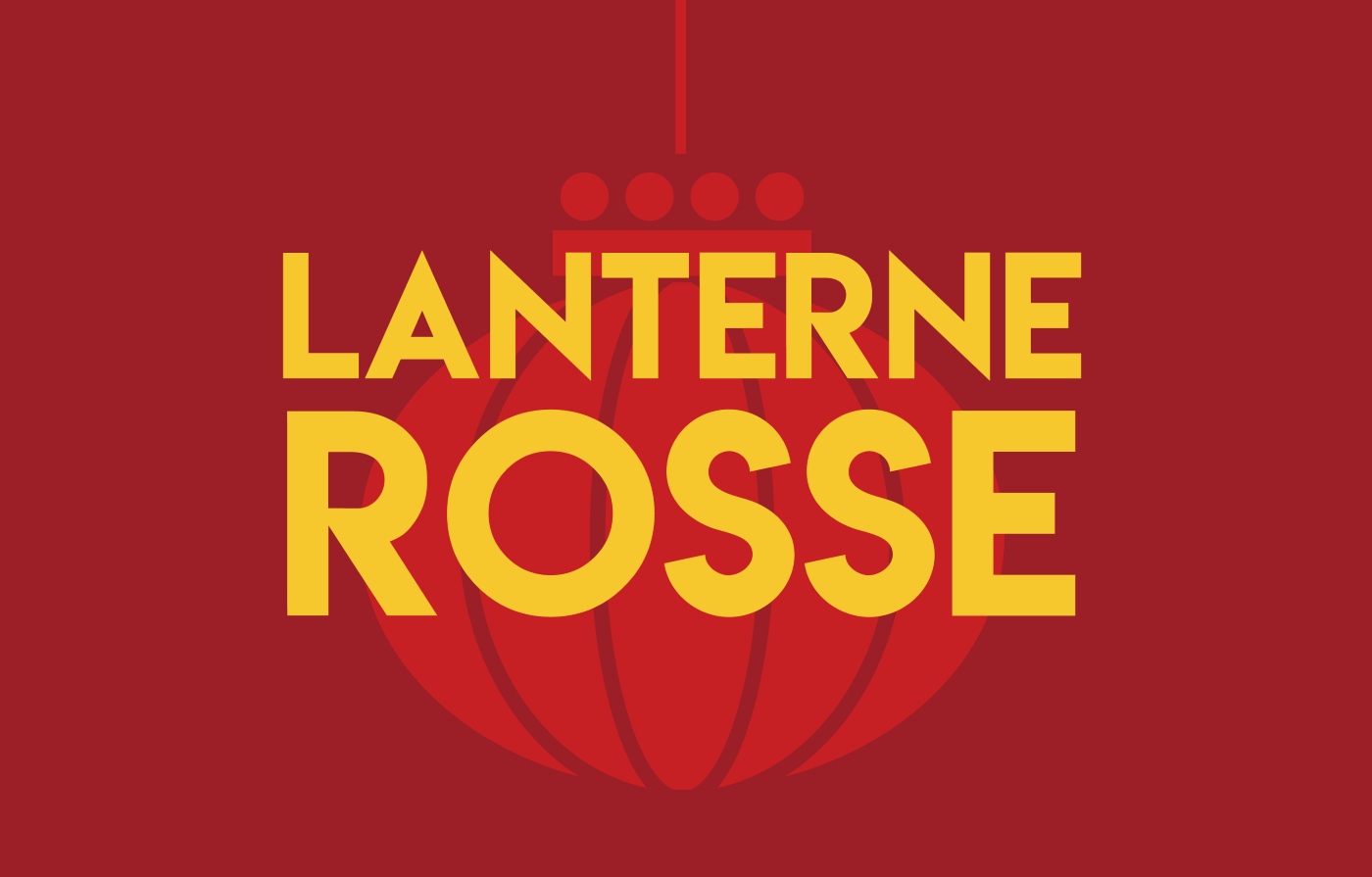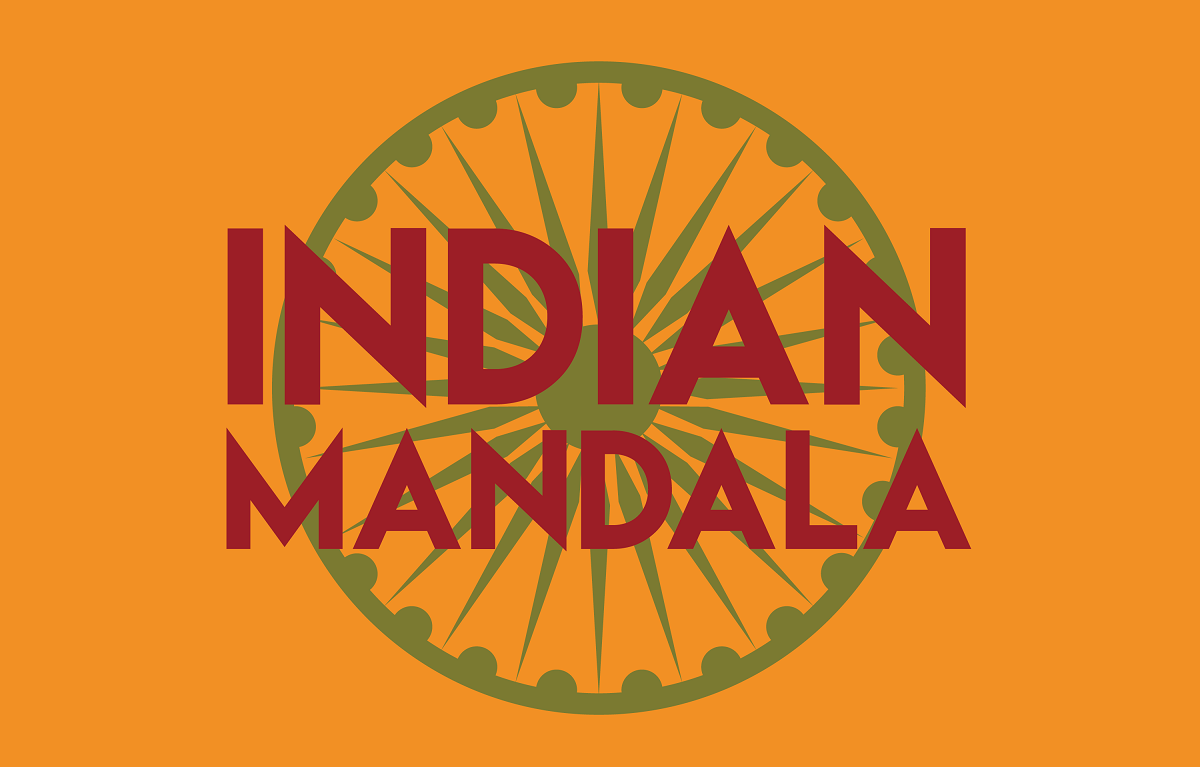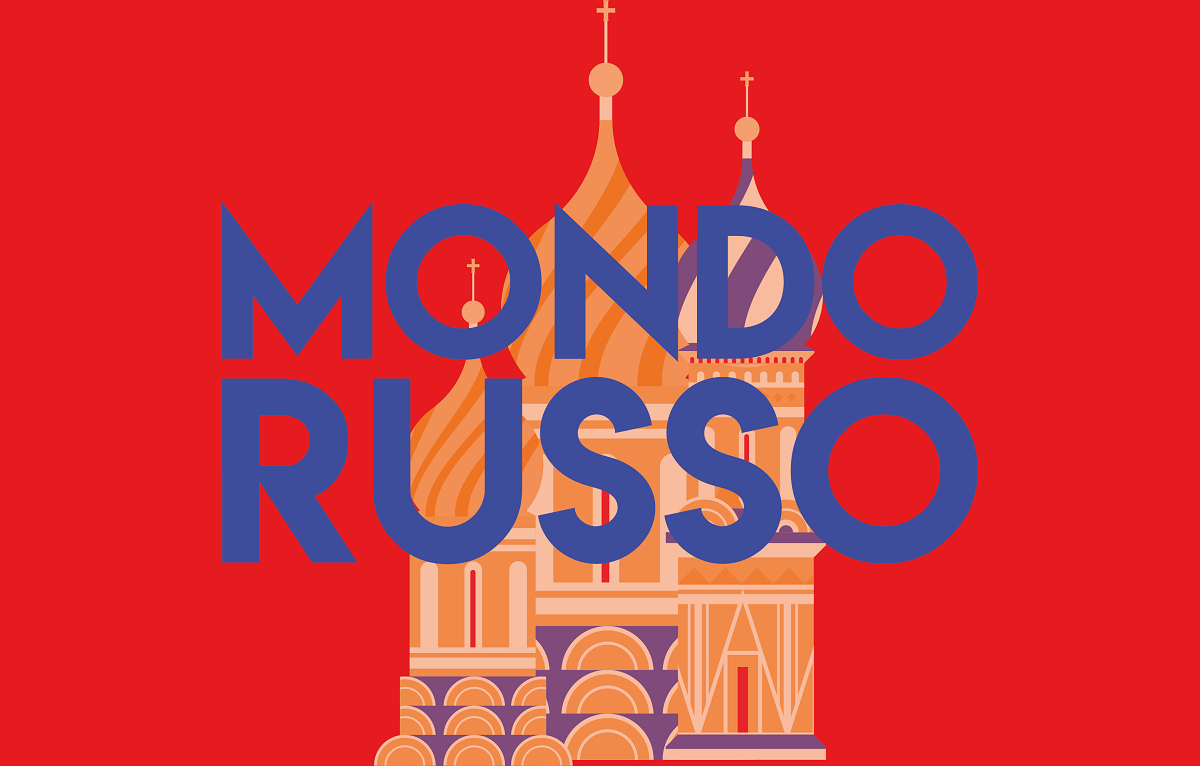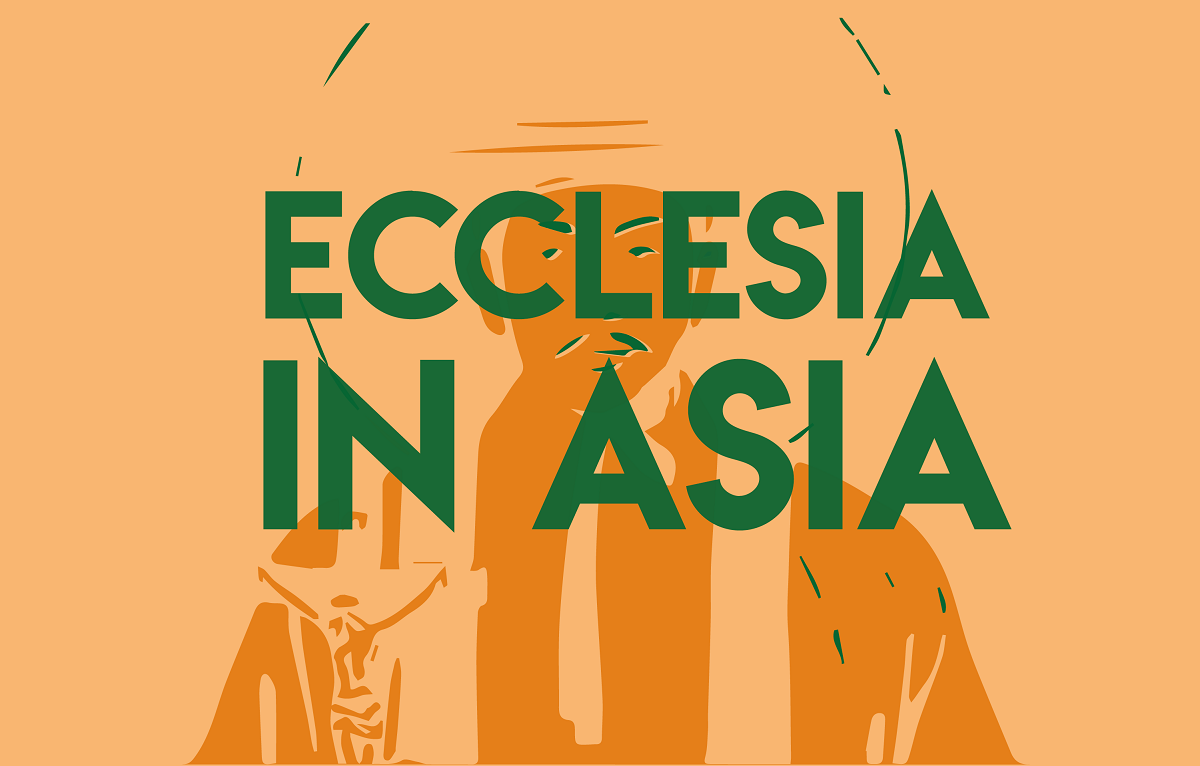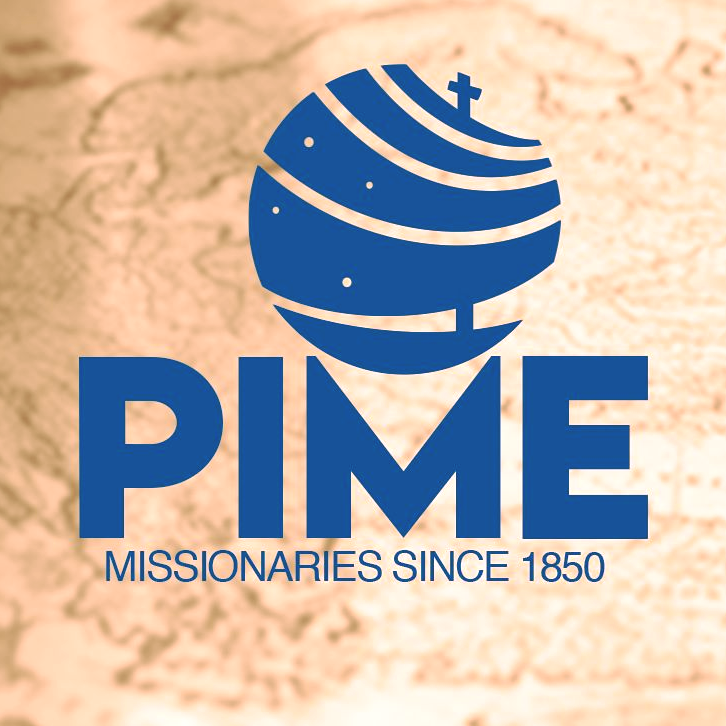The death of the last starets
Ilja, Kirill's spiritual father, had been awarded the highest monastic title, that of ‘archimandrite with the skhima’, a super-cape with symbols that attest to the highest vows of spiritual life and the strictest ascetic rules. A miracle worker and prophet of ‘patriotic Orthodoxy’, his personality greatly influenced those of the Patriarch of Moscow and President Putin.
On 15 March last, the Orthodox starets Ilja (Nozdrin), spiritual father of the Patriarch of Moscow Kirill, died at the age of 93 in the famous monastery of Optina Pustyn, in central-southern Russia.
He had been awarded the highest monastic title, that of skhiarkhimandrit, ‘archimandrite with the skhima’, a super-mantle with symbols that attest to the highest vows of spiritual life and the strictest ascetic rules, like those of the Egyptian anchorites of the early days of this special way of living the Christian faith.
The funeral of starets Ilja, celebrated by Patriarch Kirill himself three days after his death, was an extraordinary event, due to the mass of thousands of participants and the presence of many high-ranking regional and federal officials.
In recent years, a visit to starets Ilja had become an almost rite of passage for celebrities stars, politicians and businessmen of the highest level. Vladimir Putin himself had met him several times, assuring that he ‘loves the starets very much, and always listens to what he has to say’.
The entire contemporary history of the Russian Church is reflected in the life of the starets, miracle worker and prophet of ‘patriotic Orthodoxy’, and his personality has greatly influenced those of the patriarch and the president.
The authority of the startsy, the Russian spiritual fathers, never depends on their formal role in monastic and ecclesiastical life in general; on the contrary, Russian tradition exalts them in their purely ‘spiritual’ superiority that transcends all hierarchy, as the writer Fëdor Dostoevskij himself states in the opening chapter of The Brothers Karamazov, in which he describes the atmosphere of Optina Pustyn.
The entire novel, one of the fundamental milestones of Russian literature and culture, is dedicated to the search for ‘monasticism in the world’, comparing the differences of the three brothers Dmitrij, Ivan and Aleša, the three contradictory faces of the Russian soul.
Thus Ilja Nozdrin remained in the hermitic shadow during the long years of semi-clandestinity in the Soviet Union, until in 2009 Patriarch Kirill emphasised his importance for his own formation, just after his election to the patriarchal throne.
No previous patriarch had ever publicly declared the name of his spiritual father, nor was it even mentioned in official documents. The nature of the relationship between Kirill and Ilja is unknown, and the starets had not sought fame before, other than embodying the classic image of the old man, which is precisely what the word starets means: short in stature with a long flowing beard, a kind of oracle able to foresee events and mystically reveal himself in the soul of his devotees.
The two had met in the early sixties, when they were still called Vladimir Gundjaev and Aleksej Nozdrin, in the Leningrad seminary under the watchful eye of the KGB.
Both were part of the inner circle of the most charismatic of the Russian hierarchs during the Brezhnev era, Metropolitan Nikodim (Rotov), who died of a heart attack in Rome in 1978 in the arms of the newly elected Pope John Paul I, before he was even fifty.
Nikodim was also the head of the patriarchal department for external affairs, and became patriarchal exarch for the whole of Eastern Europe, representing the reference point for the Ostpolitik policies of the European governments and the Holy See towards the Soviet power.
His masterpiece was the agreement for the participation of a Russian Orthodox delegation at the Second Vatican Council, obtaining a commitment not to explicitly condemn communism, and in general Nikodim was able to reach very daring compromises with the regime, thus trying to protect the Church from further persecution, and gaining a series of privileges for his hierarchs, making them equivalent to the propagandist agents of Soviet politics.
One of the privileges that Nikodim obtained for himself was precisely the possibility of forming a group of his followers, who would then be installed in the main positions of responsibility in the ecclesiastical structure, like Kirill himself, ordained bishop at only 29 years of age in 1976 and already considered at that time the most promising of the nikodimtsy, the ‘disciples of Nikodim’.
Ilya was also admitted to monastic life and ordained a priest by Nikodim, but he chose a less ostentatious path than young Kirill, remaining within the closed walls of the monastery, first of all in the community of the Caves of Pskov, the only male monastery that remained open under the Soviets, where in the eighties the current Metropolitan of Crimea Tikhon (Ševkunov) was also consecrated, who later became the young starets and spiritual father of Vladimir Putin himself.
The Pskov monastery had remained open in the years following the Bolshevik revolution because it was located in the territory of independent Estonia, and during the Second World War it became the centre of a special ‘anti-Soviet mission’ in all the territories occupied by Nazi Germany.
After 1945 it was part of the Soviet province of Pskov, managing to preserve its monastic tradition, becoming the only reference point besides the Trinity Lavra of St Sergius in the village near Moscow of Zagorsk. This had been renamed in honour of the revolutionary hero Sergei Zagorskij, and it was the Soviet seat of the Moscow Patriarchate.
In the Pskov Caves, several monks and ordinary faithful who had passed through the Stalinist camps took refuge, including some startsy who were very well known among the Orthodox people, making the monastery a constant destination for pilgrimages from all over the USSR.
Ilya Nozdrin didn't see the most recent developments, when Tikhon took the future president Putin to see the other famous starets of Pskov, Ioann (Krestjankin), because he had already managed to move to Mount Athos in 1976, the point of reference in Greece for the whole of Russian monastic life since the early days.
It was probably a strategic choice made by Metropolitan Nikodim, in agreement with the KGB, to have a secure point of reference in the historic Russian monastery of St Panteleimon on Mount Athos, which had remained almost empty during the Soviet period, so as not to leave it totally in Greek hands.
Ilya had the experience and the authority necessary to regain control of the place from which the main evangelisers of Russia had come over the centuries, and he remained on the Chalkidiki peninsula for thirteen years, until the fall of the Berlin Wall, acquiring the reputation of ‘starets of Athos’, even if the Greeks looked at him with suspicion as ’ almost Catholic’, in the ecumenical line of Metropolitan Nikodim.
He then returned to Gorbachev's Russia at the end of the 1980s, taking part in the preparations for the millennium celebrations of the Baptism of Rus', the end of the religious persecutions that had led to the restitution of churches and monasteries, even before the collapse of the empire; and it was the monastery of the 19th-century startsy of Optina Pustyn, returned to the Church in 1989, was one of the first symbols of the religious rebirth of Russia.
It was entrusted to the now skhiigumen Ilya, the abbot with the skhima received at Mount Athos like the founder of the first hermitage of the Kiev Caves, Anthony of Pechersk, at the time of the original Rus' in the 10th century.
Next to the monastery a village was organised for the most eminent guests, intellectuals and therefore politicians of the new post-Soviet Russia, thanks in particular to the initiative of the oligarch Andrei Belousov, Putin's current minister of defence in times of war, who intended to rebuild ‘the Russia we have lost’.
The village of Kozelsk, next to the monastery of the ‘desert of Opta’, recalling the name of the medieval brigand who had converted to monastic orthodoxy, became the first centre of ideological resistance to the ‘invasion of the West’ in the Yeltsin decade, providing the spiritual reasons for a return to the ‘traditional values of Russia’ in the subsequent reign of Tsar Putin.
The starets Ilya taught his disciples to oppose all the institutions of post-Soviet Russia, instilling mistrust in schools and universities, politicians and officials and even church hierarchs, until he received a visit from his old friend from the time of Nikodim, the then ‘Yeltsin’ Metropolitan Kirill, who promised to put the ecclesiastical life back on the right track.
The new alliance between Kirill and his ‘spiritual father’ became evident as early as the Jubilee Council of 2000, with the proclamation of ‘Orthodox sovereignty’ in the social doctrine of the Church, which served as the political programme of the new president Vladimir Putin, to annihilate the heresy of a ‘liberal’ Russia enslaved by the West, and to proclaim the rebirth of a ‘Russian world’ destined to save all of humanity.
RUSSIAN WORLD IS THE ASIANEWS NEWSLETTER DEDICATED TO RUSSIA. WOULD YOU LIKE TO RECEIVE IT EVERY SATURDAY? TO SUBSCRIBE, CLICK HERE.
11/11/2023 19:54
18/05/2024 09:47
04/05/2024 11:24
20/04/2024 10:24





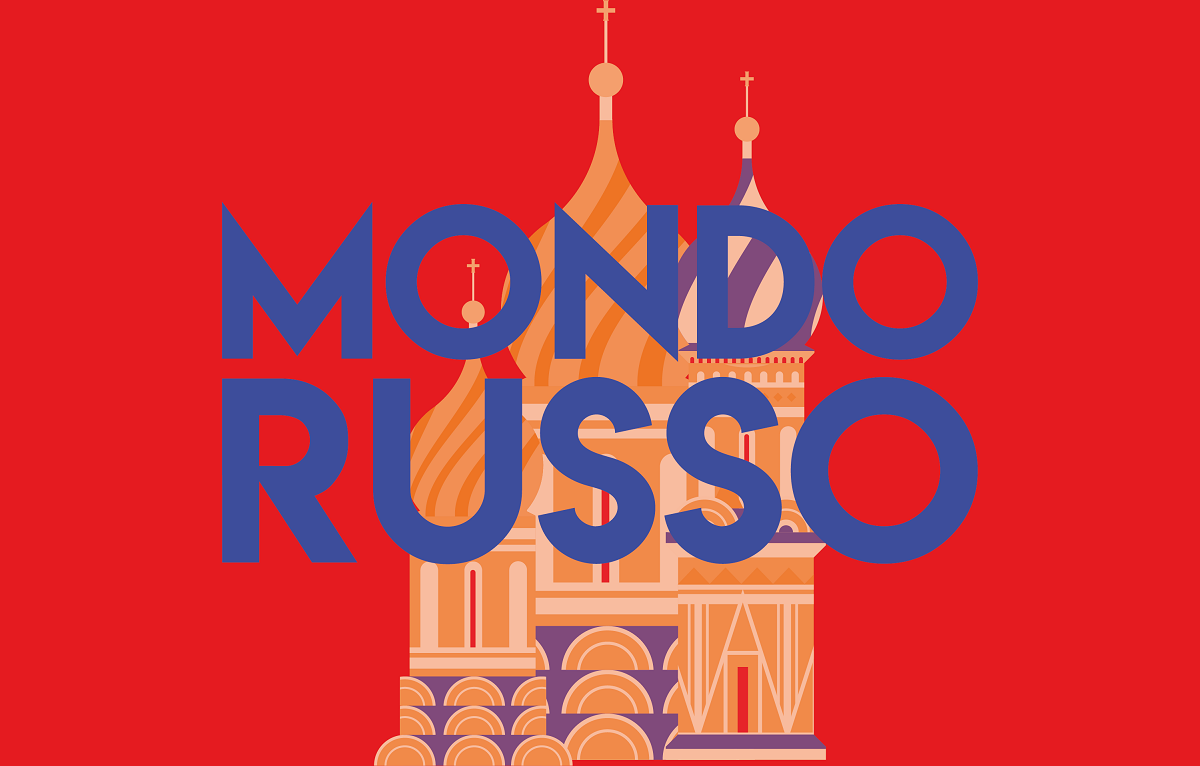

.png)
